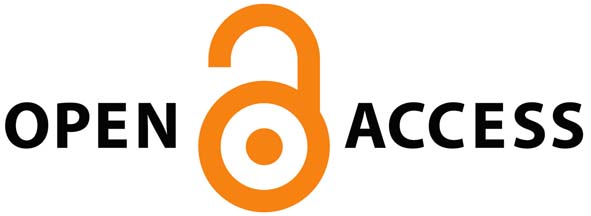| Back | Table of Contents | Full Text | PDF | Similar Articles | |
Hakan Saçlı1, Salih Salihi1, Halil İbrahim Erkengel1, Bilal Perçin2, Bilhan Özalp1, İbrahim Kara1
1Department of Cardiovascular Surgery, Sakarya University Faculty of Medicine, Sakarya, Türkiye
2Department of Cardiovascular Surgery, Sakarya Training and Research Hospital, Sakarya, Türkiye
Keywords: EVAR, incision, groin, longitudinal, oblique, TEVAR, transverse, vertical, wound healing, wound infection
Objectives: This study aimed to examine the wound healing problem development status of the longitudinal and oblique incision types applied in our clinic.
Patients and methods: A total of 201 patients (183 males, 18 females; 66.9±9.9 years; range, 34 to 88 years) who underwent emergency or elective abdominal aortic aneurysm endovascular aortic repair (EVAR) or thoracic endovascular aortic repair (TEVAR) between September 2014 and June 2021 were included in this single-center retrospective study. Group 1 (n=115) consisted of patients who underwent longitudinal (vertical) femoral incision, whereas Group 2 (n=86) underwent oblique (transverse) femoral incision. Preoperative risk factors connected with wound healing problems, femoral wound healing problem development, onset time of the femoral wound healing issues, types of the wound healing issue, hospital stay, and mortality were assessed.
Results: Femoral wound healing problems were significantly lower in Group 2 (p<0.05). It was observed that wound healing problems started earlier in Group 1. The distribution of diabetes mellitus, chronic kidney disease, and peripheral artery disease rates did not differ significantly (p>0.05). Obesity and chronic obstructive pulmonary disease rates were significantly higher in Group 1 (p<0.05). Postoperative length of hospitalization were borderline statistically significant in Group 1 (p=0.076). The incidence of early mortality was similar.
Conclusion: Femoral wound healing problems were observed more frequently in patients who underwent EVAR with femoral
longitudinal incision access. Fewer wound healing problems in the oblique incision group made us routinely prefer the oblique incision
in femoral artery access in EVAR cases.
| Back | Table of Contents | Full Text | PDF | Similar Articles | |














